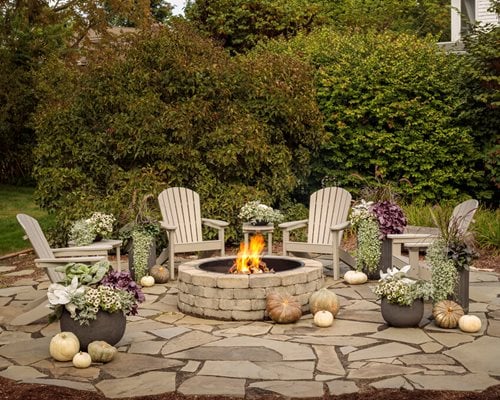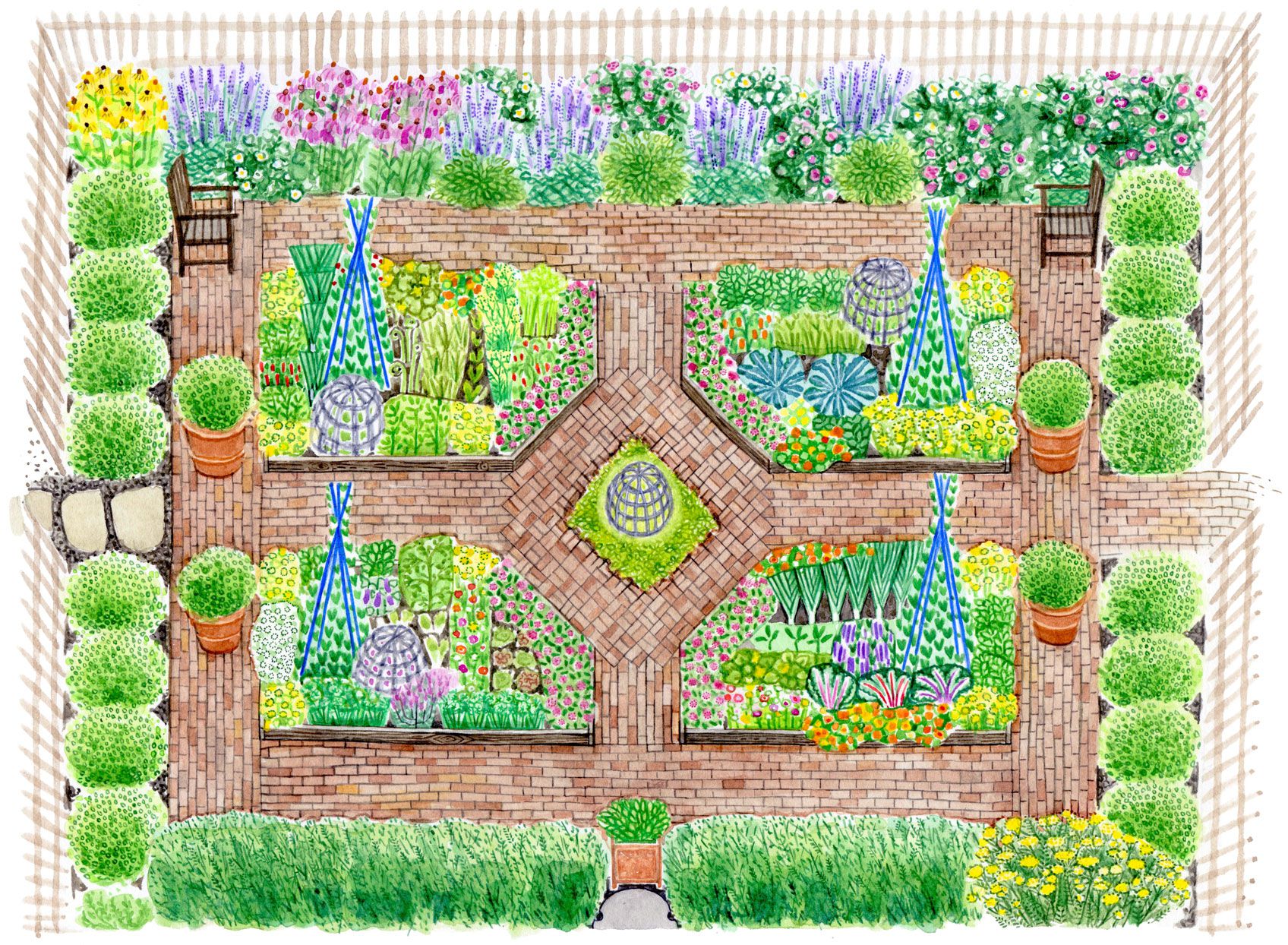Garten Design
Garten Design is an essential aspect of creating aesthetically pleasing and functional outdoor spaces. It involves planning the layout, selecting plants, and incorporating elements like paths, patios, and seating areas to enhance your outdoor living experience. The right design can transform any garden into a sanctuary for relaxation and enjoyment.
Essential Elements of Garten Design
When creating the perfect garden, there are several essential elements to consider. Understanding these components can help you design a space that is not only beautiful but also sustainable over the long term.
Garden Layout and Planning
The first step in effective **garten design** is determining the layout. Consider the shape, size, and topography of your space. Whether you have a small urban garden or a sprawling estate, the layout will dictate how you can utilize various features. Incorporate pathways, flower beds, and seating areas strategically to guide flow and enhance accessibility. Factors to keep in mind include sun exposure, shade, and how you intend to use different areas of your garden.

Plant Selection for Optimal Growth
Selecting the right plants is crucial in **garten design**. Consider soil type, local climate, and maintenance requirements. Choose native plants, which are typically easier to care for and support local wildlife. A diverse selection of plants can keep your garden vibrant throughout the year, providing color and interest through different seasons. Consider incorporating perennials, annuals, and flowering shrubs to create a layered look while ensuring year-round gardening enjoyment.
Incorporating Functional Features
Adding features such as pathways, ponds, or water features can enhance both the aesthetic and functional qualities of your garden. Pathways made from natural stone or gravel can guide the eye and minimize foot traffic on delicate grass or flower areas. Water features bring a sense of tranquility and can attract wildlife, such as birds and beneficial insects, which contribute to a thriving garden ecosystem. Additionally, creating secluded spots for seating encourages relaxation and enjoyment of your outdoor space.
Designing for Multiple Season Use
To maximize the enjoyment of your garden, consider how to design it for multi-season use. This approach enhances the functional aspects of your garden while allowing for year-round beauty.
Seasonal Planting Strategies
Incorporate plants that bloom in different seasons for a continually changing landscape. Consider spring-blooming tulips and daffodils, summer-flowering hydrangeas, fall foliage trees, and winter-evergreen shrubs to ensure a vibrant garden year-round. Additionally, layering plants with various heights can create visual interest that persists even when some plants are dormant.
Outdoor Living Spaces
Incorporating outdoor living spaces into your garden design increases its functionality. Consider creating a summer seating area with comfortable furniture and shade structures, and a cozy fire pit for fall evenings. An inviting outdoor fire pit space can serve as a central gathering spot for family and friends.

Maintenance and Sustainability in Garten Design
Creating your dream garden design also involves planning for maintenance and sustainability. A well-maintained garden not only looks good but also continues to thrive over the years.
Smart Watering Techniques
Implementing efficient watering techniques is vital to sustainable gardening. Consider investing in a drip irrigation system that can conserve water while ensuring plants receive their necessary moisture. Collecting rainwater in barrels is another eco-friendly option that contributes to a greener garden while reducing utility costs.
Using Native and Perennial Plants
Choosing native and perennial plants is a key sustainability factor in **garten design**. Native plants are adapted to local conditions and usually require less water and maintenance. They also support local wildlife, enhancing your garden’s ecosystem. By incorporating more perennials into your design, you can create a low-maintenance garden that flourishes year after year.
Key Takeaways
- Effective garden design begins with thoughtful planning of layout and features.
- Choosing the right plants nurtures both aesthetic beauty and sustainability.
- Incorporating seasonal strategies ensures your garden provides enjoyment year-round.
- Maintain your garden with smart practices for water conservation and plant selection.
FAQ
1. What is included in a typical garten design plan?
A typical **garten design** plan includes layout sketches, a plant selection guide, and specifications for any garden structures or paths. It addresses essential aspects such as sun and shade patterns, soil quality, and existing landscape features to ensure the final design is functional and appealing.
2. How can I maximize the space in a small garden?
Maximizing space in a small garden involves vertical gardening techniques, such as installing wall planters or trellises. Use pots and raised beds to create layered planting areas. Additionally, multi-purpose furniture can convert space for both planting and relaxation.
3. What are some tips for maintaining a garden throughout the seasons?
Regular maintenance is critical for a thriving garden. Make seasonal tasks a routine, such as pruning in early spring, mulching in late winter, and planting annuals in spring. Use tools that fit your specific garden and take notes on plant requirements to ensure proper care throughout the year.
4. How do I decide on the right features for my garden?
Deciding on garden features requires considering your lifestyle and intended use. Think about how you want to enjoy your garden. If entertaining is a priority, consider features like seating areas, fire pits, or outdoor kitchens. For gardening enthusiasts, raised beds or potting areas might be more suitable.
5. Why is plant diversity important in a garden?
Diversity in plants promotes a balanced ecosystem, attracting various pollinators and helping manage pests naturally. A variety of plants also offers year-round beauty, ensuring that something is always blooming or providing visual interest, thus creating a rich environment in your garden.
